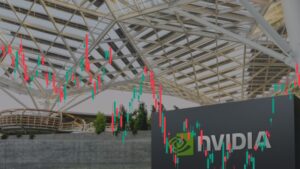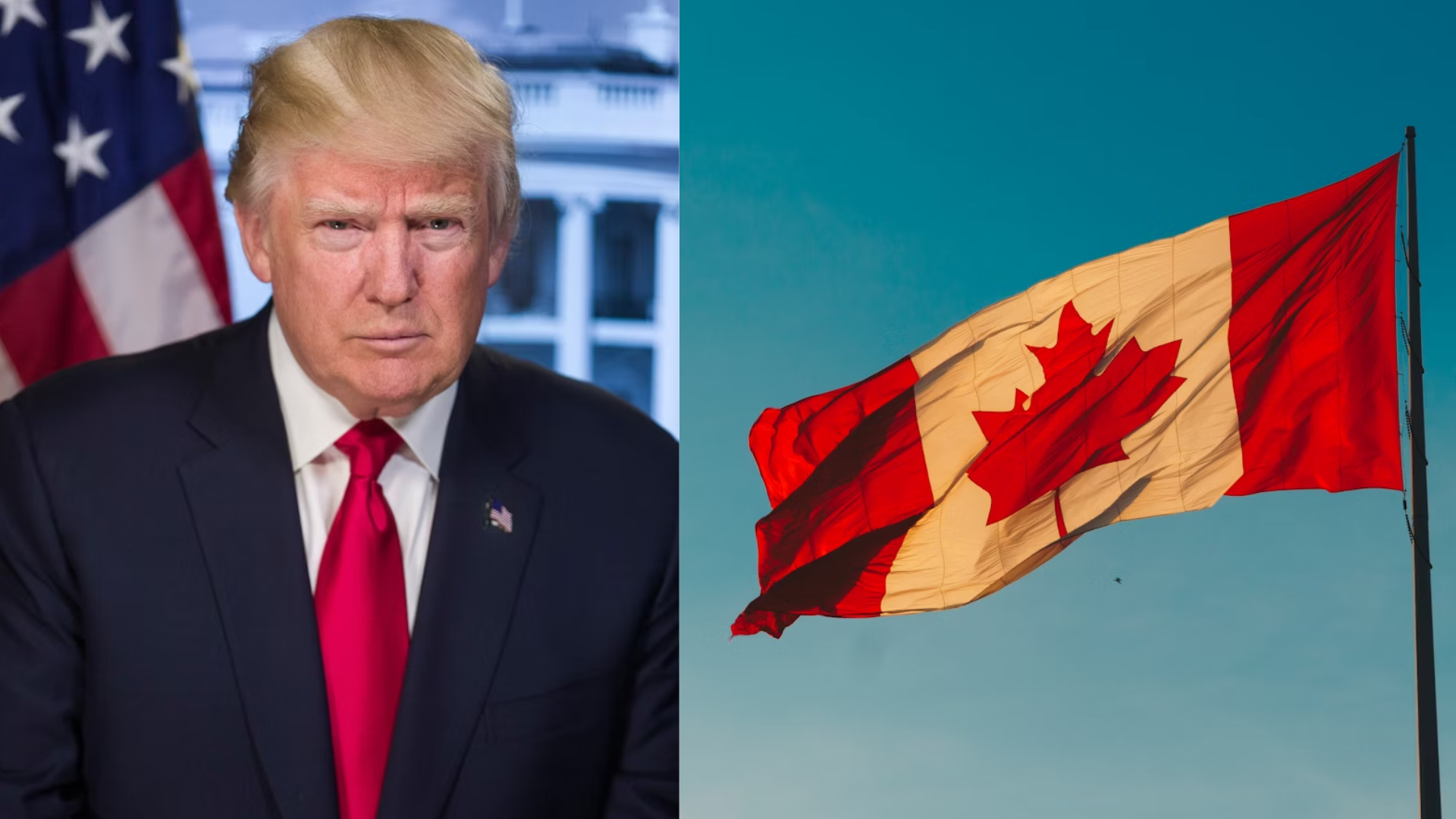Wall Street’s record-setting rally lost steam Thursday night after Donald Trump threatened to impose a 35 percent tariff on Canadian imports, sending US stock futures lower.
Futures tied to the S&P 500 and Nasdaq each dropped 0.6 percent, while Dow futures fell 0.5 percent. The market reaction came after Trump posted a letter to Canadian Prime Minister Mark Carney on Truth Social, stating that all Canadian goods entering the US would face the new tariff beginning August 1.
In an interview with NBC News, Trump also proposed raising blanket tariffs on most US trading partners to between 15 and 20 percent, up from the current 10 percent. The announcement followed a series of nearly two dozen letters sent to global leaders this week, including one that slapped a 50 percent tariff on imports from Brazil.
E-Mini S&P 500 Daily Chart as of July 11th, 2025 (Source: TradingView)
Markets Begin to Pay Attention
Investors had mostly dismissed Trump’s tariff threats earlier in the week, viewing them as political posturing ahead of further negotiations. But Thursday night’s explicit threat against Canada appears to have shifted sentiment.
“Unfortunately, I think there is complacency in the markets,” said JPMorgan CEO Jamie Dimon. “This isn’t just talk.”
Trump was unmoved by the market dip, pointing instead to the day’s record highs.
“I think the tariffs have been very well received. The stock market hit a new high today,” he said.
Implications for Inflation and Trade
Canada remains one of the United States’ largest trading partners, and a sudden 35 percent tariff could disrupt key supply chains and reignite inflationary pressure. Economists have warned that raising costs on imports from friendly countries may have broader consequences than previous trade actions.
The EU is likely next. Trump said Thursday that European leaders should expect a similar letter within the next day.
What This Means for Investors
While markets have been climbing on expectations of a Federal Reserve rate cut, Trump’s revived trade agenda introduces a new layer of risk. Investors may now need to reassess whether trade tensions will remain contained or spill over into broader economic uncertainty.
The rally has been strong, but the return of tariff threats may be enough to test its resilience.

















